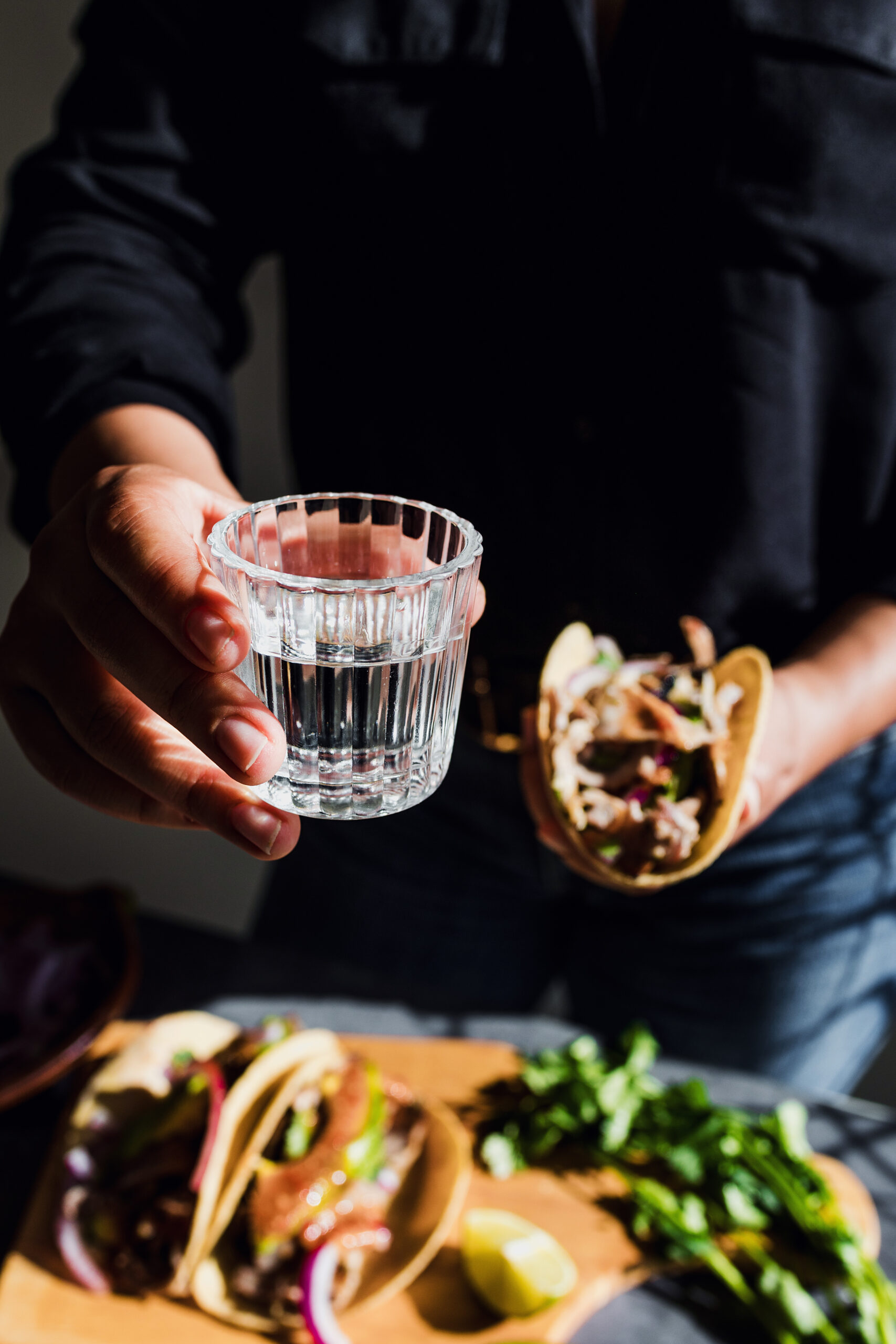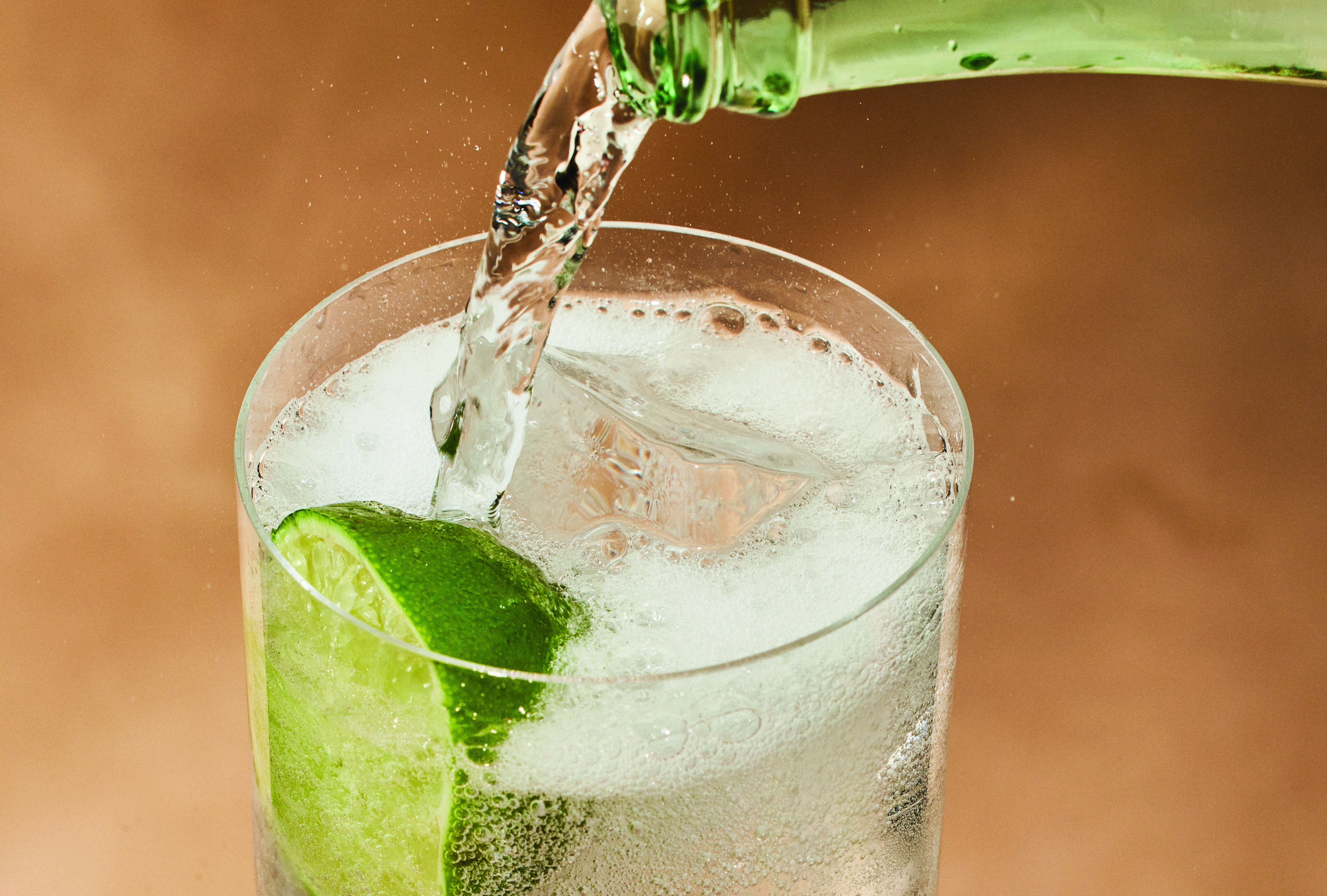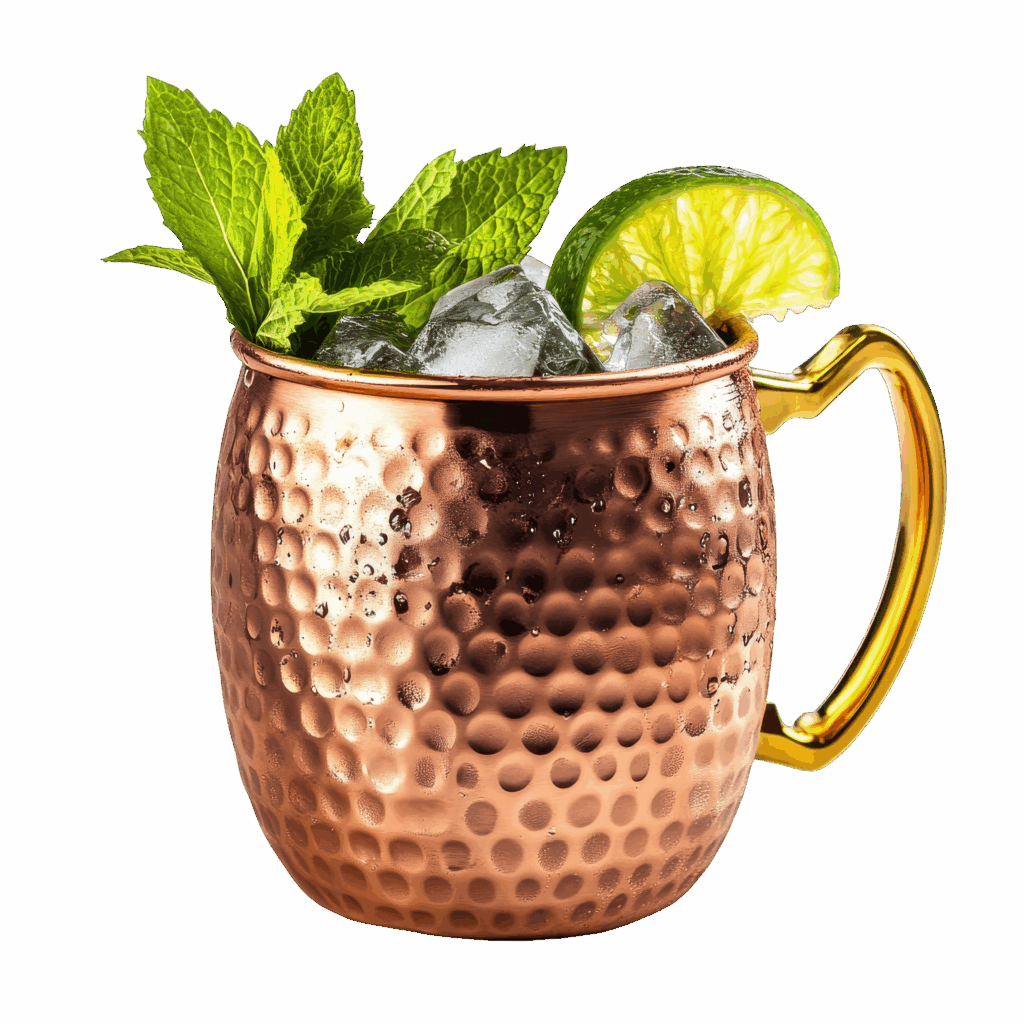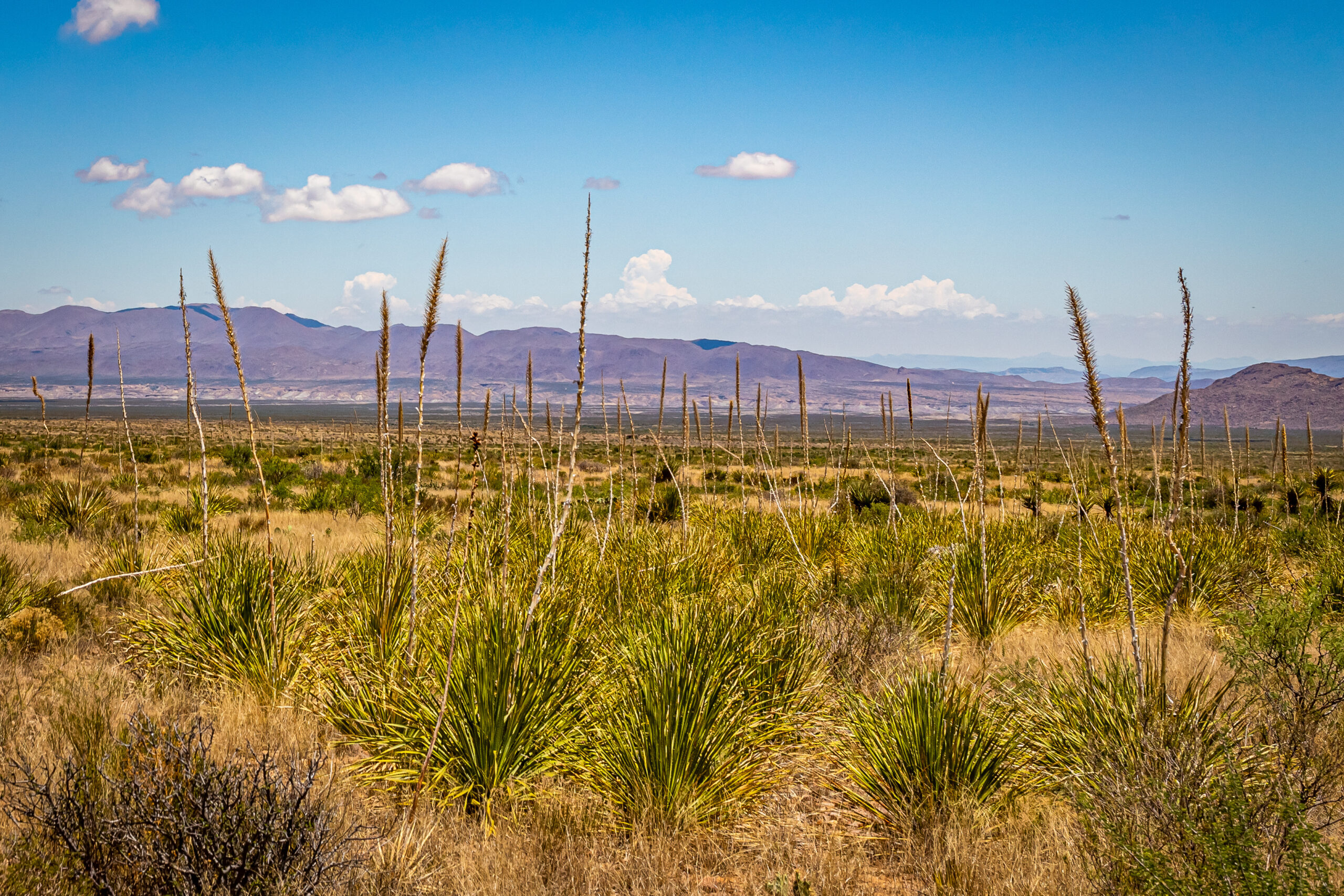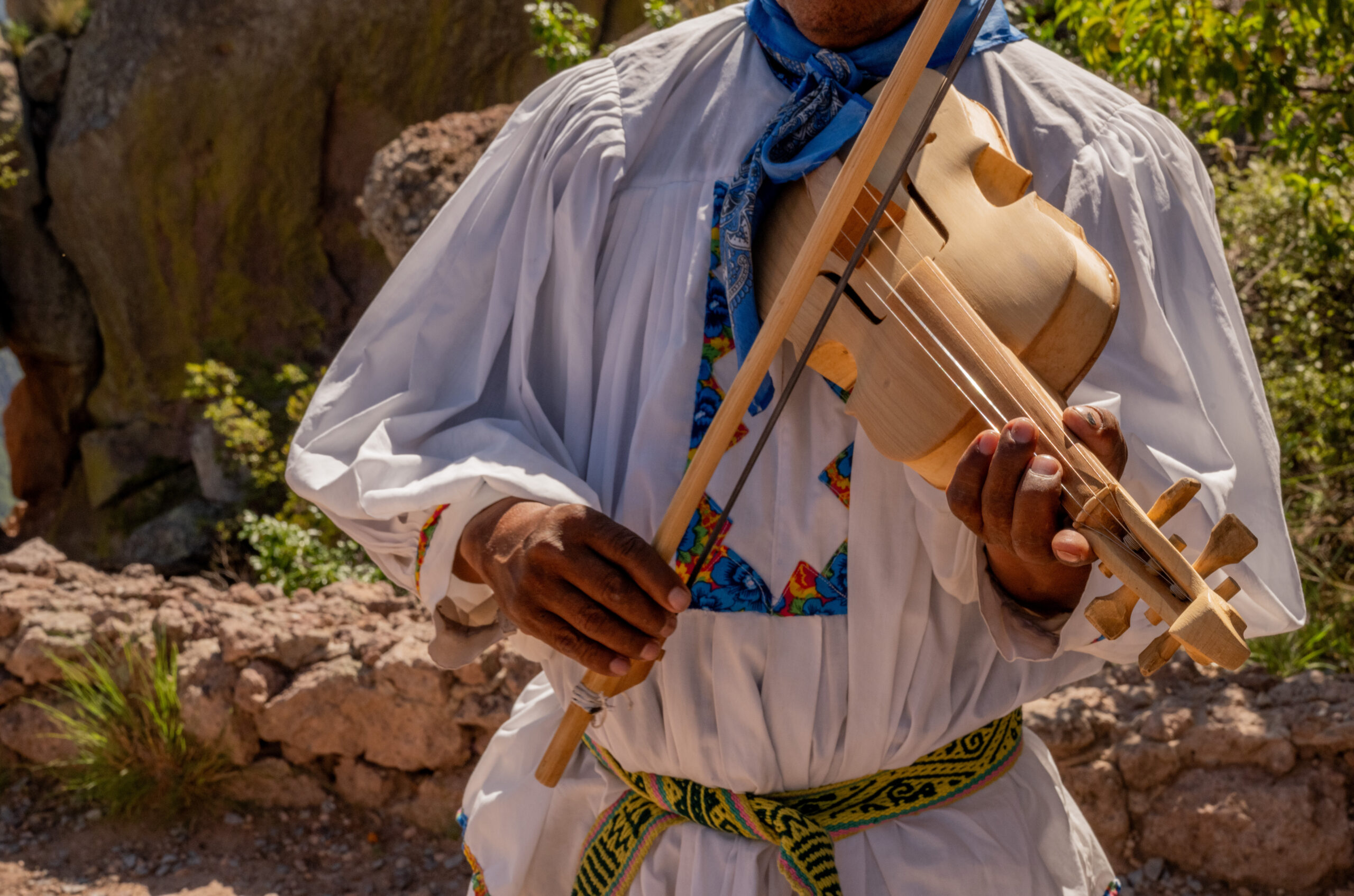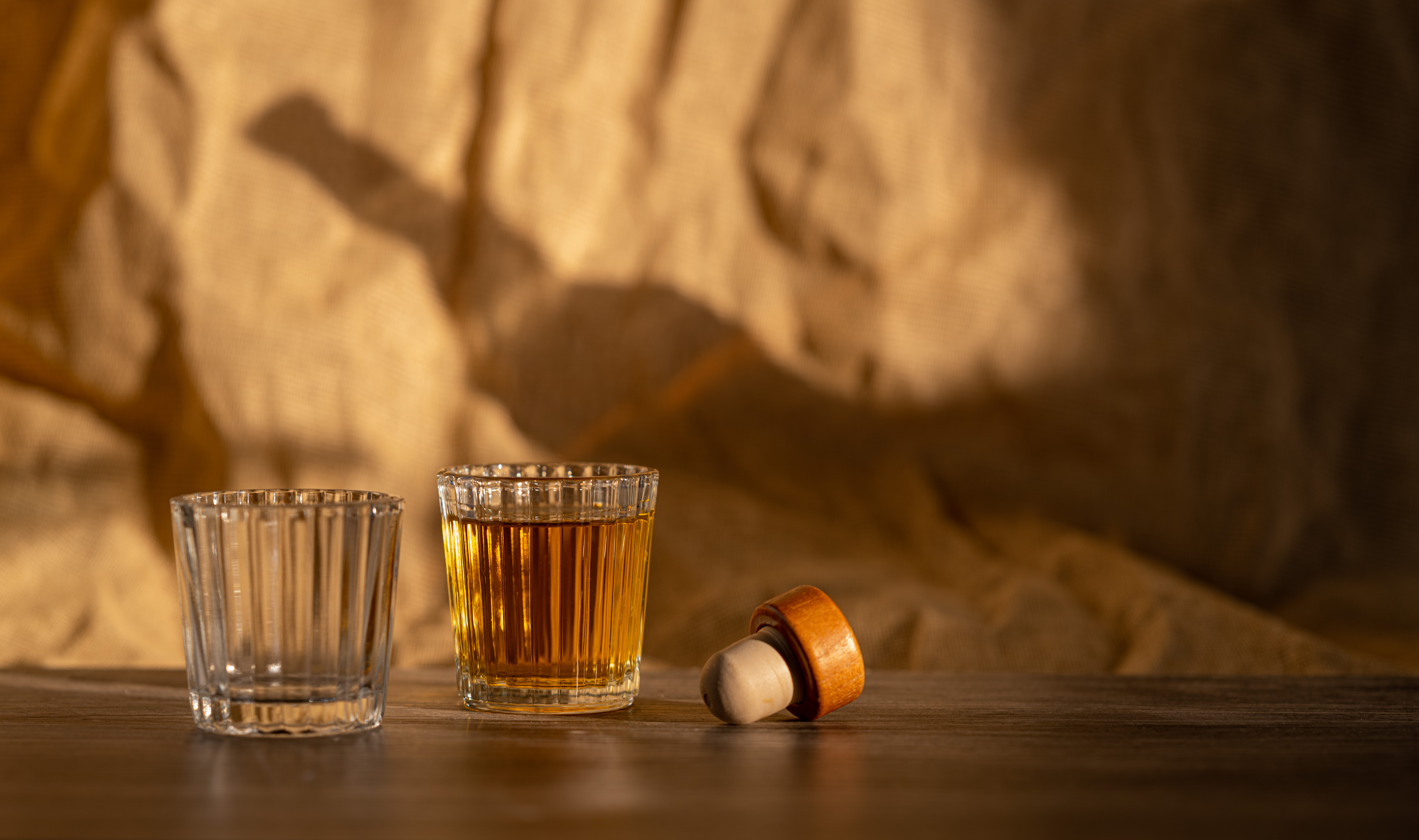Sotol is not just a bar spirit—it’s a dining companion. Its herbal, earthy qualities make it surprisingly versatile at the table.
With Street Food
Sotol pairs naturally with northern Mexican staples: tacos de asada, grilled corn, and spicy salsas. Its freshness balances smoky, charred flavors.
With Cheese and Charcuterie
Aged sotol complements Manchego, blue cheese, and cured meats, enhancing savory depth. Blanco sotol works well with fresh cheeses and lighter fare.
With Fine Dining
Chefs are increasingly incorporating sotol into pairing menus. Its floral and mineral notes shine with seafood, roasted vegetables, and even desserts featuring honey or citrus.
A Spirit for Every Table
From casual cookouts to white-tablecloth settings, sotol’s versatility makes it a spirit worth exploring across cuisines.

